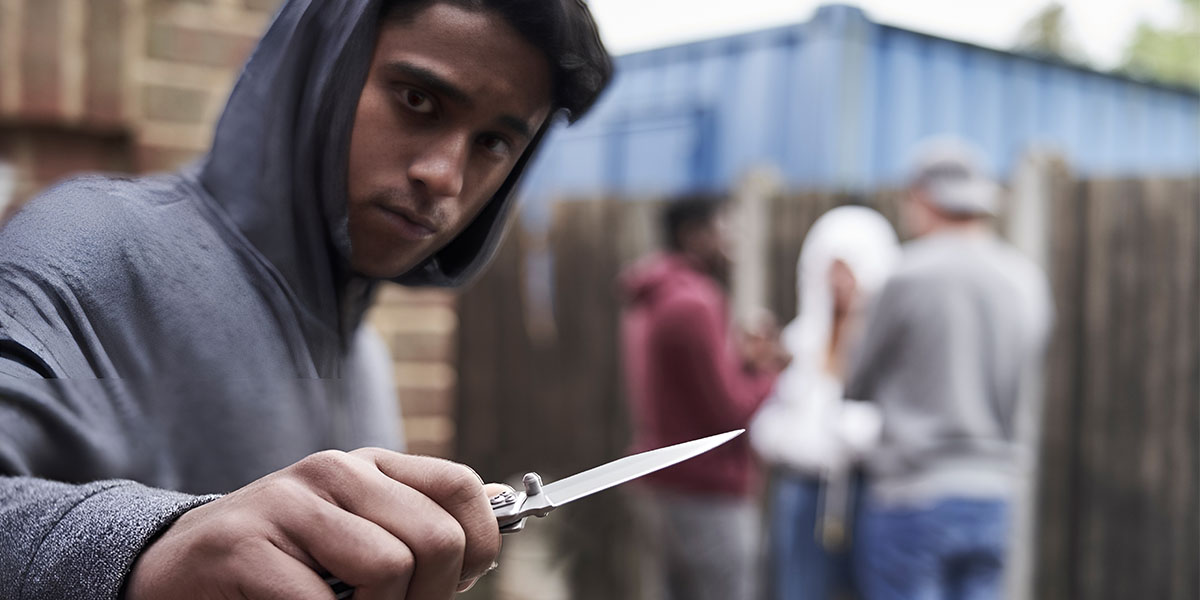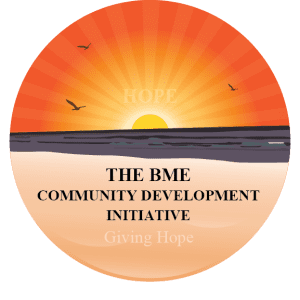Youth Violence Prevention: Measuring Success – Evidence of What Works

Funders understandably want to support programs with demonstrated impact. Fortunately, a growing body of evidence shows that certain youth violence and gang prevention strategies work exceptionally well. Here are a few compelling findings from recent research and evaluations:
Mentoring & Positive Role Models: Pairing at-risk youth with trained mentors can significantly reduce violent behaviour. A comprehensive review of mentoring programs found they reduce violent offending by around 21% on average and cut general offending by 14%. Notably, mentoring also reduced re-offending by nearly 20%, indicating lasting behaviour change. The most effective programs target higher-risk youth and use well-trained mentors (often counsellors or youth workers rather than authority figures). For funders, this is a strong endorsement – mentoring is a scalable, evidence-based intervention.
Street Outreach & Violence Interruption: Community-based “violence interrupter” programs have achieved dramatic results in cities struggling with gun violence. In New York City’s South Bronx, for example, a violence interruption initiative was associated with a 63% reduction in shootings in the targeted area. Similarly, the Cure Violence program in New Orleans’ Central City saw shootings drop by over 50%. These programs work by mediating conflicts and providing alternatives for those most likely to be involved in violence. The data suggest that investing in skilled outreach teams can yield rapid, life-saving declines in violence.
Family-Focused Early Interventions: Stopping violence before it starts often means supporting families and children well before they reach teenage years. The UK’s “Supporting Families” programme (an early intervention initiative for at-risk households) demonstrated measurable success – areas employing this approach saw a 35% reduction in youth custodial sentences and a 15% reduction in youth convictions among its beneficiaries. Such outcomes indicate that intervening at the first sign of risk (such as truancy, delinquency, or family issues) can prevent escalation into serious crime. Every pound directed toward family support and youth guidance can thus avert many pounds in later justice costs.
Targeted Recreational and Skills Programs: Structured activities like sports, arts, and job training are not just enrichment – they are proven prevention tools. Sports-based programs, for instance, have been linked to improved self-discipline and reduced offending in youth. Evidence cited by the UK Ministry of Justice suggests that giving teens positive activities and role models (through sports clubs, for example) correlates with lower re-offending rates. Likewise, vocational training or apprenticeships for gang-affiliated youth can pull them out of violent lifestyles by offering a legitimate income and a sense of purpose, as seen in various case studies.
In addition to these specific strategies, it is important to note the value of comprehensive approaches. Evaluations often find that combining multiple supports – e.g. mentorship + family therapy + educational support – has the greatest impact, since it addresses the many facets of a young person’s life. Success should also be measured not just by crime stats, but by positive outcomes like improved school attendance, employment, and mental health for young people.
For funders, the takeaway is optimistic: we know more than ever about “what works” to prevent youth violence. Rigorous trials and real-world programs have shown that prevention is effective and that young lives can be redirected toward positive futures. By insisting on evidence-based interventions and proper evaluation, funders can ensure their resources are making a real difference. The statistics cited above are more than numbers – they represent safer streets, fewer victims, and brighter futures. Backing these proven approaches will amplify those successes and build momentum to reduce youth violence on a larger scale.



